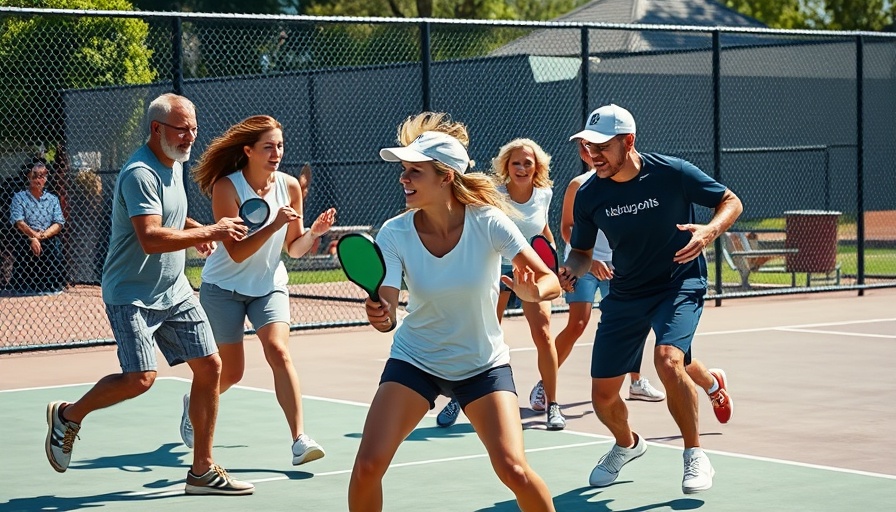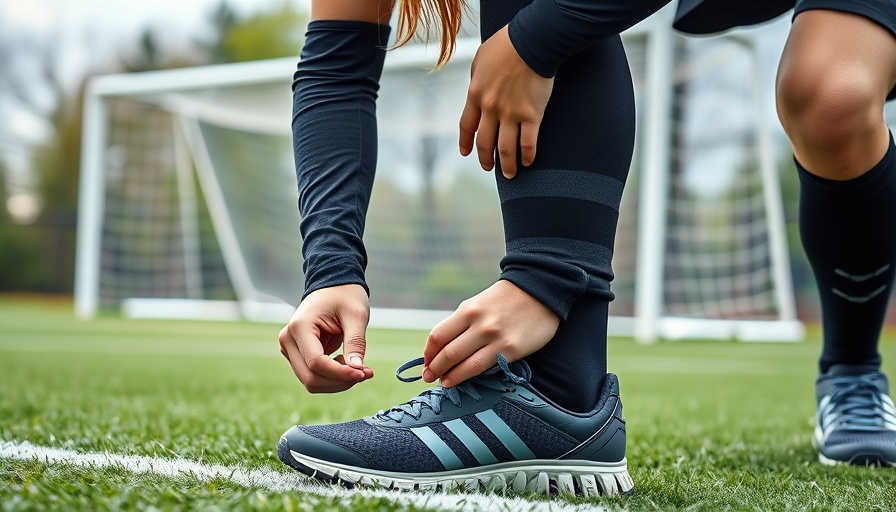
Understanding Sports Injuries and Their Impact
In the world of martial arts and combat sports, injuries are an unfortunate reality. Whether you're a seasoned practitioner or just beginning your journey, understanding common injuries and their underlying causes is crucial for prevention and recovery. Knees, shoulders, and wrists tend to be the most commonly affected areas due to improper techniques or overexertion. As David Hernandez, an expert in self-defense and physical training, emphasizes, recognizing these trouble spots allows martial artists to adopt preventative measures effectively and enhance their training experience.
The Importance of Preventative Martial Arts Drills
Adopting preventative martial arts drills is a vital strategy to minimize injury risks. These drills can include proper warm-ups, flexibility exercises, and skill development tailored to your specific martial art. For instance, integrating agility drills into your routine can enhance both coordination and balance, reducing the likelihood of falls and sprains. Mental focus during practice is also essential; being aware of your body movements can prevent injuries caused by distractions or errors in technique.
Combat Training Safety Routines
Implementing combat training safety protocols is crucial, especially in full-contact martial arts. Safety gear, such as mouthguards, shin guards, and protective clothing, should be integral parts of any workout. Coaches should ensure participants are always matched according to skill level to prevent injuries during sparring sessions. Additionally, incorporating strength and conditioning routines that focus on injury mitigation - like weight training targeted at core stability - can prepare your body for the stresses of training and competition.
Healing and Recovery: The Role of Professional Guidance
After sustaining an injury, it's vital to adopt a sensible recovery plan. Seeking advice from a rehabilitation expert can offer tailored insights into your recovery process. Treatment may involve rest, physical therapy, or guidance on exercises designed to promote healing and prevent future issues. Engaging with a certified injury reduction coach can provide additional strategies to ensure a safe return to martial arts activities.
Holistic Approaches to Injury Prevention
Physical resilience techniques such as yoga or meditation can not only bolster your physical condition but also enhance mental focus, contributing to overall injury prevention. Good sleep hygiene, hydration, and nutrition create an optimal physical state for your body to handle training stresses. These practices elevate performance while reinforcing combat sports safety routines, ultimately reducing injury risk.
Realizing the Long-term Benefits of Injury Awareness
For martial artists, understanding the importance of injury risk management is crucial for long-term participation in any combat sport. By recognizing the symptoms of potential injuries and acting promptly with the appropriate preventative training drills, practitioners can sustain their involvement longer and at a higher performance level. Alongside solid training routines, engaging in injury prevention workshops and educational sessions can illuminate many aspects of safety in sports.
Final Thoughts on Injury Prevention
Injury prevention and recovery in martial arts is a blend of knowledge, physical activity, and mental preparedness. By implementing the recommendations provided by experts like David Hernandez, martial artists can create an environment that promotes safety and longevity. Taking a proactive approach to training not only protects your body but also enhances your overall performance and enjoyment of martial arts.
 Add Row
Add Row  Add
Add 




Write A Comment